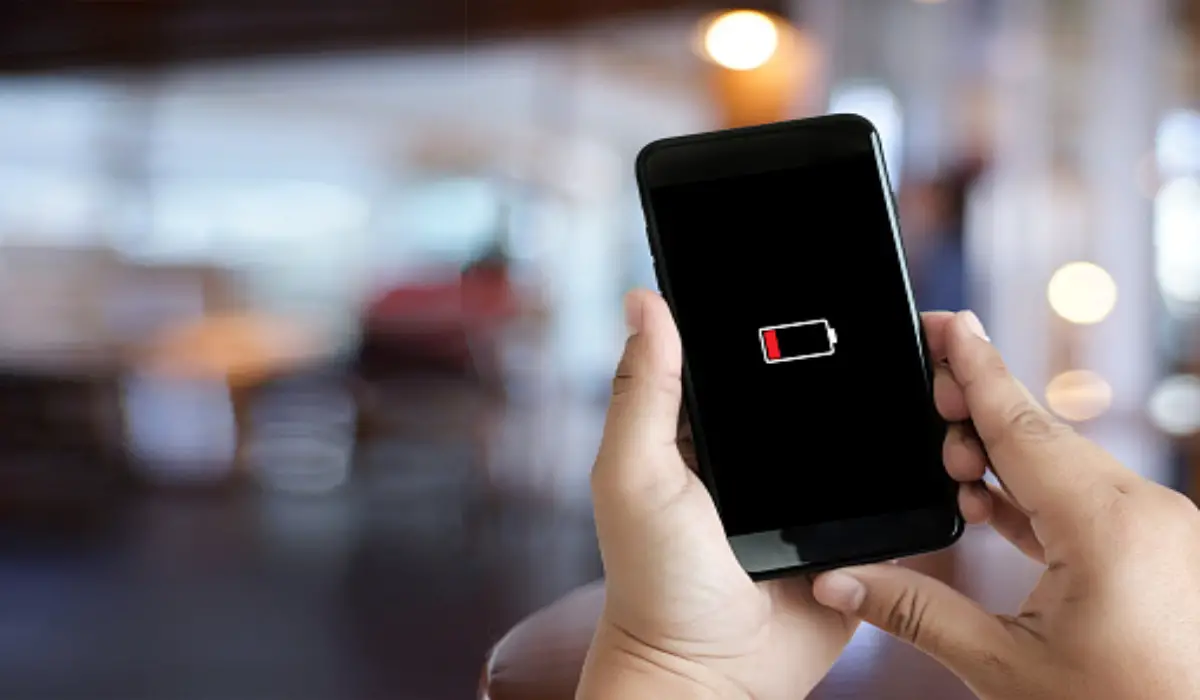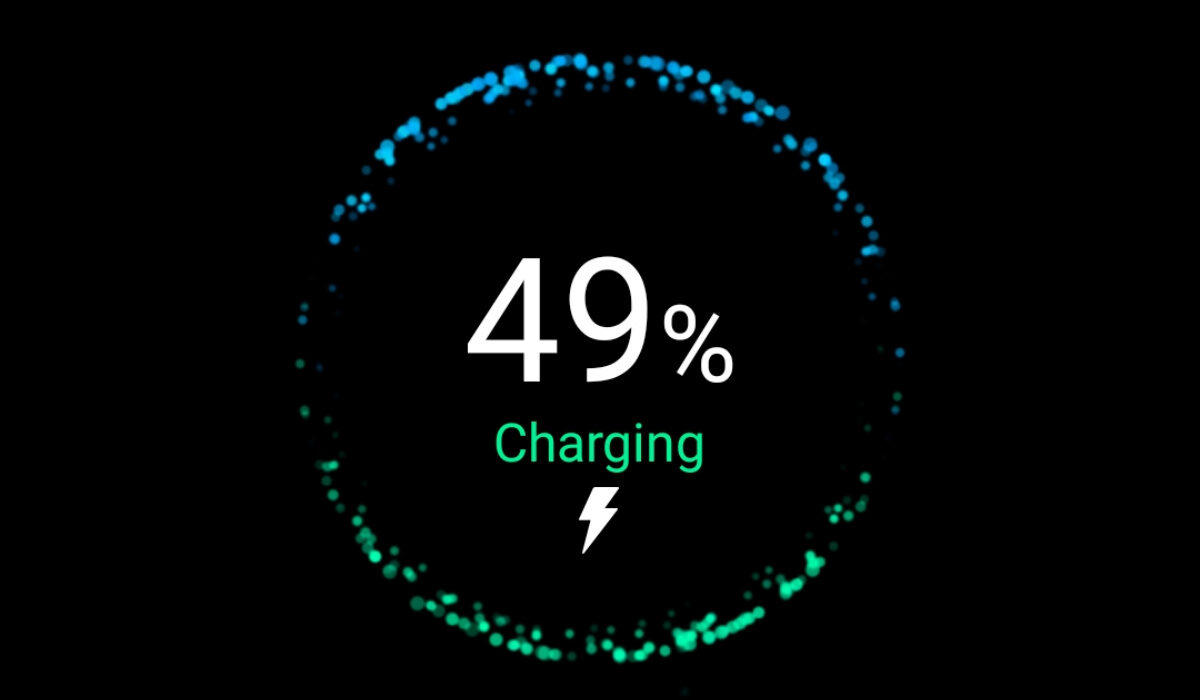Modern smartphone batteries are made of lithium-ion cells, which have a limited lifespan and lose some of their capacity over time. This means that your phone will not last as long on a single charge as it did when it was new. The rate of battery degradation depends on various factors, such as the number of charge cycles, the temperature, and the charging habits.
There are many myths and misconceptions about how to charge a phone battery properly. Some people think that you should always charge your phone to 100% or let it drain to 0% before recharging. Others believe that you should avoid using your phone while charging or leave it plugged in overnight. However, some of these practices can possibly harm your battery and shorten its life.

Table of Contents
How to charge a phone battery properly, in summary
The best way to keep your battery healthy and lasting longer is to follow some simple tips and best practices. These include:
- Keeping your battery between 30% and 90% most of the time, and avoiding extreme highs and lows.
- Using optimized battery charging features that delay the full charge until you need it, such as the one in iOS 13 and later.
- Reducing the heat generated by fast charging, by removing the case, avoiding direct sunlight, and using the original or approved charger.
- Using airplane mode, low power mode, and dark mode to save battery life and speed up charging, by turning off unnecessary features and reducing the screen brightness.
- Dismissing the need to perform a full charge cycle once a month, as it can actually shorten the battery life. Instead, opting for frequent, small charges throughout the day.
- Storing the phone battery at around 50% and turning it off if not using it for a long time. Checking the battery level every few months and topping it up if needed.
For a deeper understanding of why you should follow the above tips, continue reading below.
Understanding Battery Charge Cycles
A charge cycle is the process of charging a battery from 0% to 100% and then discharging it back to 0%. Each charge cycle reduces the battery capacity slightly, as the lithium-ion cells degrade over time. The more charge cycles you complete, the faster your battery will wear out.
However, you do not have to complete a full charge cycle every time you charge your phone. In fact, it is better to avoid doing so, as it can cause more stress and damage to the battery. Instead, you should try to keep your battery between 30% and 90% most of the time, and charge it in small increments throughout the day. This way, you can reduce the number of charge cycles and extend the battery life.
Charging your phone to 100% or letting it drop below 20% can also harm your battery, as it can increase the voltage and temperature, which can lead to faster degradation. That is why some phones have optimized battery charging features that delay the full charge until you need it.
For example, if you usually unplug your phone at 7 a.m., the feature will learn your routine and stop charging at 80% until an hour before you wake up. This way, you can prevent overcharging and overheating your battery, and still have a full charge when you need it.

Battery Memory Effect and Calibration
The battery memory effect is a phenomenon that affects some older types of batteries, such as nickel-cadmium (NiCd) and nickel-metal hydride (NiMH). It occurs when the battery is repeatedly charged and discharged to the same level, causing it to lose its ability to hold a full charge. To prevent this, these batteries need to be fully discharged and recharged once in a while, to reset their memory and restore their capacity.
However, lithium-ion batteries, which are used in most modern phones, do not suffer from the battery memory effect. They do not need to be fully discharged and recharged to maintain their capacity. In fact, doing so can actually harm them, as it can increase the stress and degradation of the cells. Therefore, you do not need to perform a full charge cycle once a month, as some people may suggest. This practice is based on outdated advice and does not apply to lithium-ion batteries.
Instead, the best way to charge a lithium-ion battery is to use frequent, small charges throughout the day, as mentioned earlier. This way, you can keep the battery between 30% and 90% most of the time, and reduce the number of charge cycles and the voltage. This will help extend the battery life and prevent it from losing its capacity too quickly.
Fast Charging: Yes or No?
Fast charging is a feature that allows you to charge your phone battery faster than normal, by increasing the power output of the charger. This can be convenient when you need a quick boost of battery life, especially if you are in a hurry or have a busy schedule.
However, fast charging also has some drawbacks, such as generating more heat, which is harmful for the battery. Heat can cause the battery to degrade faster, lose capacity, and even swell or explode in extreme cases. Therefore, you should use fast charging sparingly and only when necessary, and avoid using it when the battery is already full or near full.
There are some ways to reduce the heat generated by fast charging, such as:
- Removing the case: The case can trap the heat and prevent it from dissipating, so it is better to remove it when charging, especially if it is made of metal or thick material.
- Avoiding direct sunlight: Direct sunlight can also increase the temperature of the phone and the battery, so you should keep your phone away from the sun or other heat sources when charging.
- Using the original or approved charger: The original or approved charger is designed to match the specifications and safety standards of your phone and battery, so you should use it whenever possible. Using a cheap or incompatible charger can damage your phone and battery, and cause overheating or fire hazards.
- You should avoid charging overnight or leaving the phone plugged in for too long: Charging overnight or leaving the phone plugged in for too long can also cause overcharging and overheating, as well as wasting energy and money. You should unplug your phone as soon as it reaches 100%, or use a smart plug or timer to cut off the power automatically (some phones have this feature built in). Alternatively, you can use the optimized battery charging feature that delays the full charge until you need it, as mentioned earlier.
How to conserve your phone battery
Besides taking steps to charge a phone battery the right way, it is also vital to know how to conserve the battery.
One of the ways to save battery life and speed up charging is to use flight mode, airplane mode, or power saving mode. These modes reduce the power consumption by turning off certain features that drain the battery, such as:
- Mobile data: This feature allows your phone to connect to the internet via cellular networks, but it also consumes a lot of power, especially if the signal is weak or unstable. By turning off mobile data, you can save battery life and avoid interruptions during charging.
- Background updates: This feature allows your phone to download and install updates for apps and software in the background, but it also uses a lot of power and bandwidth. By turning off background updates, you can save battery life and prevent unwanted downloads during charging.
- Screen brightness: This feature determines how bright your phone screen is, but it also affects the battery life. The brighter the screen, the more power it consumes. By turning down the screen brightness, you can save battery life and reduce the heat generated by the screen.
However, you should be careful not to use your phone while charging, as it can create mini-cycles and heat. Mini-cycles are partial charge cycles that occur when you plug and unplug your phone repeatedly, which can reduce the battery capacity over time. Heat is also harmful for the battery, as it can cause faster degradation and swelling. Therefore, you should avoid using your phone while charging, and let it rest until it reaches the desired level.
By the way, if you use a flagship Samsung smartphone, have a look at how to preserve battery health on the Samsung Galaxy S23 series.
How to store your phone when not using it
If you are not going to use your phone battery for a long time, you should store it properly to prevent it from losing its capacity or becoming damaged. Here are some tips on how to store your phone battery:
- Charge it to around 50%: This is the optimal level for storing a lithium-ion battery, as it prevents it from overcharging or discharging too much. Charging it to 100% or 0% can cause more stress and degradation to the cells, and reduce the battery life.
- Turn it off: Turning off your phone will stop the battery from draining and consuming power unnecessarily. It will also prevent any software updates or notifications from interrupting the storage process.
- Put it away: You should store your phone in a cool, dry, and dark place, away from heat, moisture, and sunlight. These factors can affect the battery performance and cause overheating or corrosion. You should also avoid storing your phone near metal objects or magnets, as they can interfere with the battery circuit or the phone components.
- Check the battery level every few months: Even if you store your phone properly, the battery will lose some charge over time, due to the natural self-discharge process. If the battery level drops below 20%, you should top it up to around 50% again, to prevent it from becoming incapable of holding a charge. If the battery level reaches 0%, you may not be able to revive it, and you may need to replace it.
That’s it on this article. Now, you know how to charge a phone battery the right away, and how to preserve the battery as well. With this knowledge, your phone battery will last longer in your care.

